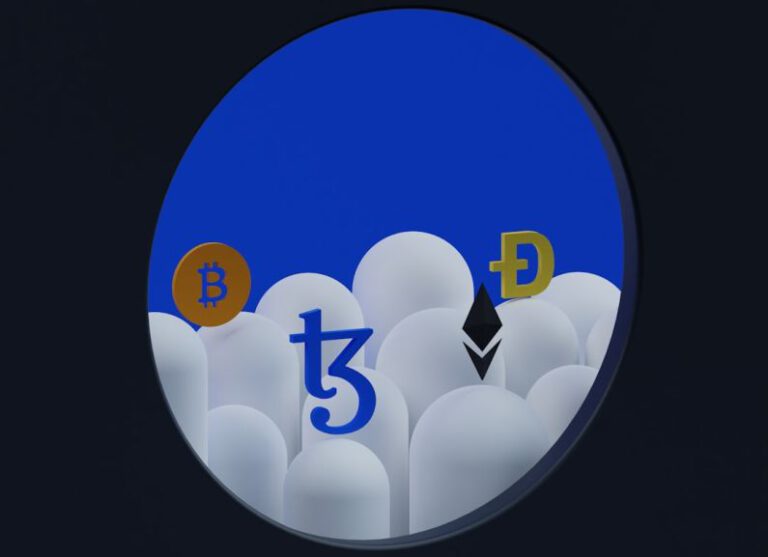The Evolution of Cyberthreats: What the Future Holds
In the ever-evolving landscape of technology, the realm of cyber threats is no exception. As our world becomes increasingly interconnected through digital means, the potential for malicious actors to exploit vulnerabilities in cyberspace continues to grow. It is essential to understand the evolution of cyber threats to anticipate what the future may hold in terms of cybersecurity challenges.
The Rise of Cyber Attacks
Cyber threats have come a long way since the early days of the internet. What once began as relatively simple viruses and worms has transformed into sophisticated malware, ransomware, and other advanced forms of cyber attacks. The increasing reliance on digital systems for communication, commerce, and critical infrastructure has made cyber attacks a lucrative endeavor for cybercriminals and state-sponsored actors alike.
The Advent of Cyber Espionage
One of the most significant developments in cyber threats has been the rise of cyber espionage. Nation-states and other threat actors are increasingly using cyberspace to conduct intelligence-gathering operations, steal intellectual property, and disrupt the operations of their adversaries. The use of sophisticated techniques such as advanced persistent threats (APTs) has made it increasingly challenging for organizations to defend against these types of attacks.
The Proliferation of Ransomware
Ransomware has emerged as one of the most prevalent and damaging forms of cyber threats in recent years. In a ransomware attack, cybercriminals encrypt the victim’s data and demand a ransom in exchange for the decryption key. These attacks can have severe consequences, ranging from financial losses to operational disruptions and reputational damage. The proliferation of ransomware-as-a-service (RaaS) has made it easier for even novice cybercriminals to carry out ransomware attacks, further increasing the threat landscape.
The Challenge of Securing the Internet of Things
As the Internet of Things (IoT) continues to expand, so too do the cybersecurity challenges associated with it. IoT devices, ranging from smart thermostats to industrial control systems, often lack robust security features, making them vulnerable to exploitation by cybercriminals. The sheer number of connected devices in use today presents a significant challenge for defenders, as each device represents a potential entry point for cyber attacks.
The Emergence of Insider Threats
While much attention is paid to external cyber threats, insider threats have emerged as a significant concern for organizations. Insiders with malicious intent, whether current or former employees, contractors, or business partners, can pose a serious risk to the security of an organization’s data and systems. Insider threats can be difficult to detect and mitigate, as insiders often have legitimate access to sensitive information and systems.
The Future of Cyberthreats
As technology continues to advance, so too will the capabilities of cybercriminals and other threat actors. The future of cyber threats is likely to be characterized by increasingly sophisticated attacks that target critical infrastructure, cloud services, and emerging technologies such as artificial intelligence and quantum computing. As organizations and individuals become more reliant on digital systems, the potential impact of cyber attacks will only continue to grow.
Conclusion: Navigating the Cybersecurity Landscape
In conclusion, the evolution of cyber threats presents a complex and ever-changing landscape for cybersecurity professionals and organizations. To effectively defend against cyber attacks, it is essential to stay informed about the latest trends and developments in the threat landscape, implement robust security measures, and foster a culture of cybersecurity awareness within organizations. By remaining vigilant and proactive in addressing cyber threats, we can better prepare for what the future holds in terms of cybersecurity challenges.






